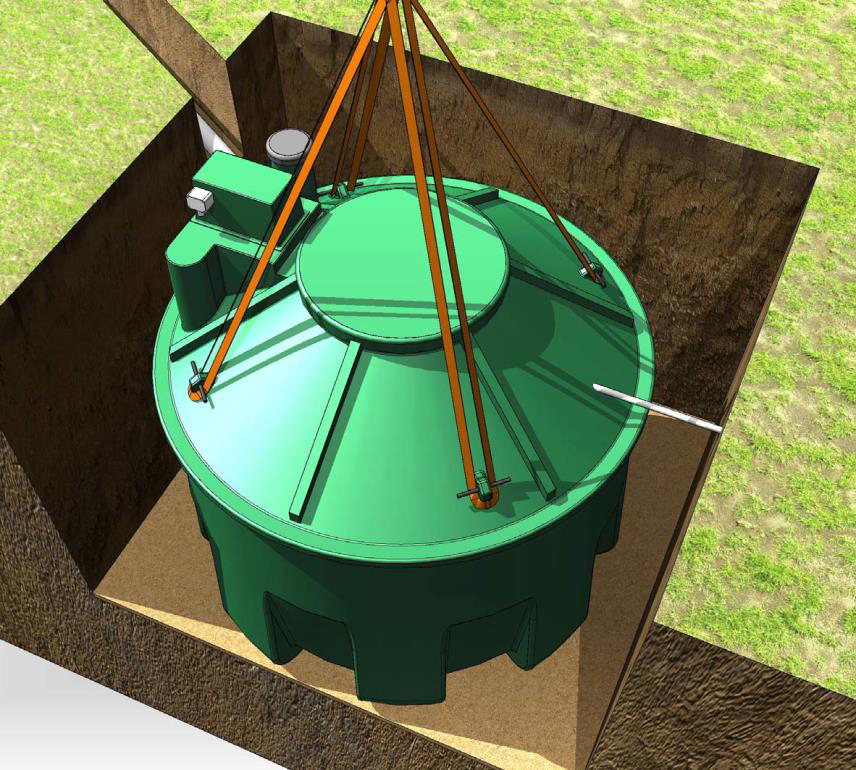The Hidden Dangers of Bleach: Keeping Your Septic Tank Healthy

When it comes to maintaining your home, many of us have been taught that a little bleach goes a long way in keeping things clean. But when it comes to your septic tank, that familiar “bleachy stuff” can actually do more harm than good. Let’s dive into why avoiding bleach and other harsh chemicals is essential for your septic system’s health, and what you can do to keep everything running smoothly.
The Impact of Household Chemicals on Your Septic System: What You Need to Know

Your septic system is a vital part of your home’s infrastructure, quietly working to treat and dispose of wastewater. However, many homeowners unknowingly put their septic system at risk by using common household chemicals that can harm its delicate balance. In this comprehensive guide, we’ll explore the impact of household chemicals on your septic system, provide tips for maintaining its health, and offer best practices to extend its lifespan. Whether you’re a new homeowner or a seasoned septic system owner, understanding how these chemicals affect your system is crucial for its longevity and efficiency.




